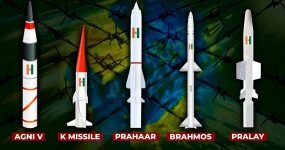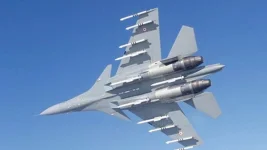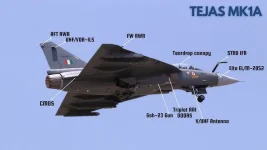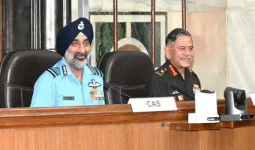A highly anticipated visit by a senior U.S. delegation to formally propose the sale of the advanced F-35 Lightning II fighter jet to India has been postponed, introducing significant uncertainty into a landmark defence initiative.
The delegation, which was to include officials from the Pentagon, the U.S. Department of Defense, and manufacturer Lockheed Martin, was scheduled to arrive in July 2025 to present the offer for the Indian Air Force (IAF).
The planned visit was set to be the first official briefing on supplying the F-35A conventional takeoff and landing variant to India. This potential acquisition is viewed as a pivotal moment for strengthening U.S.-India strategic ties.
However, the deferment, for which no official reason has been provided, has led to speculation about whether it is a temporary scheduling issue or a more serious delay.
This development occurs as India weighs its options for modernising its air force, a process critical for maintaining a strategic edge in the region.
The proposal to offer the F-35, one of the world's most sophisticated fifth-generation stealth fighters, was first signalled by President Donald Trump in February 2025.
The jet is prized for its low-observable (stealth) technology, advanced sensor integration, and network-centric warfare capabilities.
The offer was expected to be a direct government-to-government deal, which would streamline the procurement process for the IAF as it seeks to replace its ageing squadrons and counter growing threats from China and Pakistan.
This postponement places the American proposal in direct competition with a renewed push from Russia, which is actively marketing its own fifth-generation aircraft, the Su-57 Felon.
Leveraging a long-standing defence relationship that has supplied India with aircraft like the Su-30 MKI and the S-400 air defence system, Russia is also proposing a government-to-government agreement.
The Su-57 boasts supercruise ability and advanced avionics, presenting a formidable, and potentially more affordable, alternative.
India’s decision is complicated by several factors.
While the F-35 is a combat-proven platform used by numerous U.S. allies, the Su-57 program has faced production delays and questions regarding its stealth features compared to its American counterpart.
Conversely, a deal with Russia could offer greater scope for technology transfer and domestic manufacturing, aligning with India’s "Make in India" policy, which aims to boost self-reliance in the defence sector.
A potential U.S. deal, by contrast, may come with stricter conditions on technology sharing.
The IAF is currently operating with approximately 31 fighter squadrons, well below its sanctioned strength of 42 needed to effectively manage a potential two-front security challenge. This shortfall adds urgency to the long-delayed Multi-Role Fighter Aircraft (MRFA) program, under which India aims to procure 114 new jets.
The F-35 offer was seen as a possible fast-track solution outside the MRFA competition. The recent delay now leaves the future of this high-profile acquisition and a key component of India’s air power strategy in question, pending clarification from Washington and Lockheed Martin.






